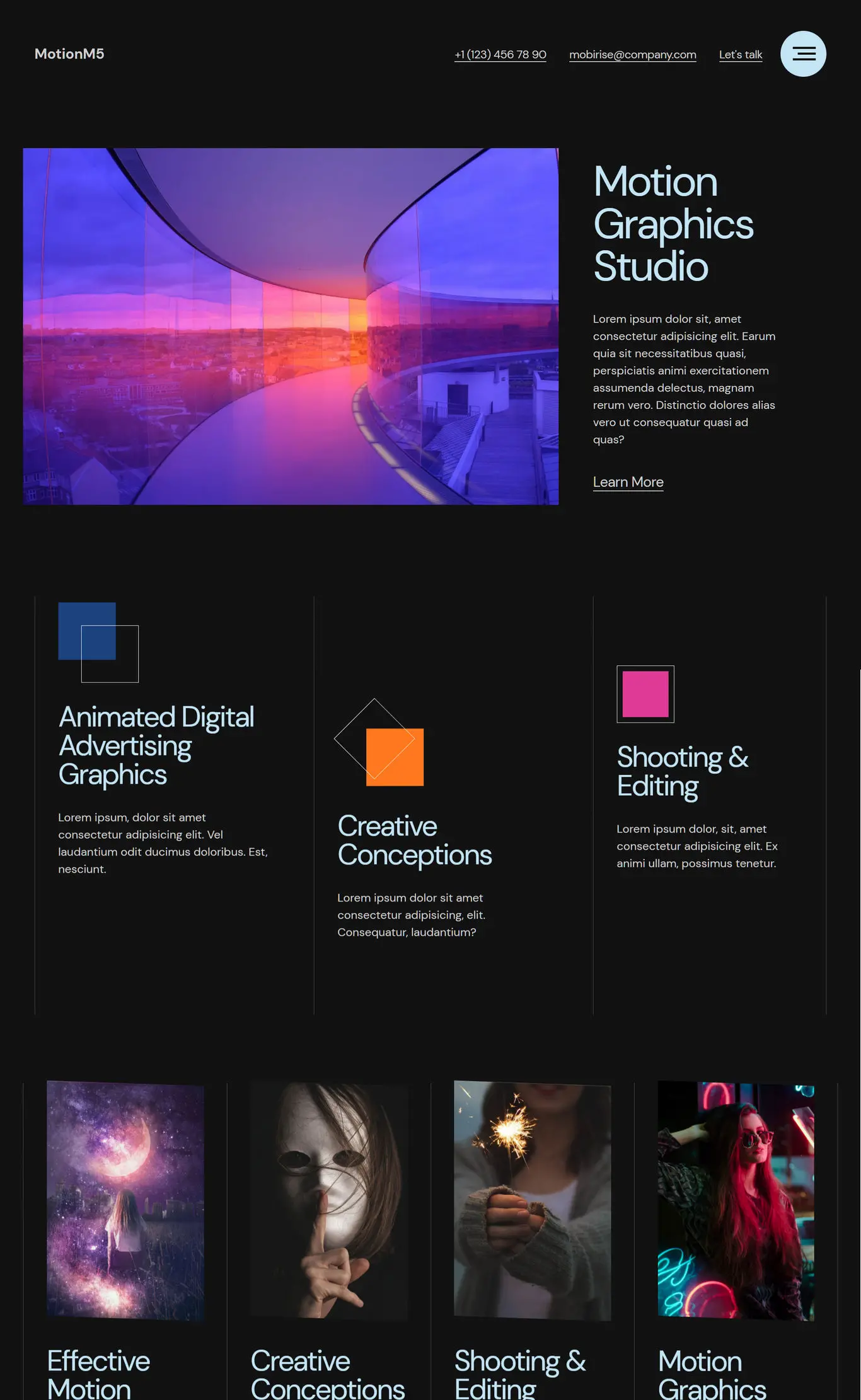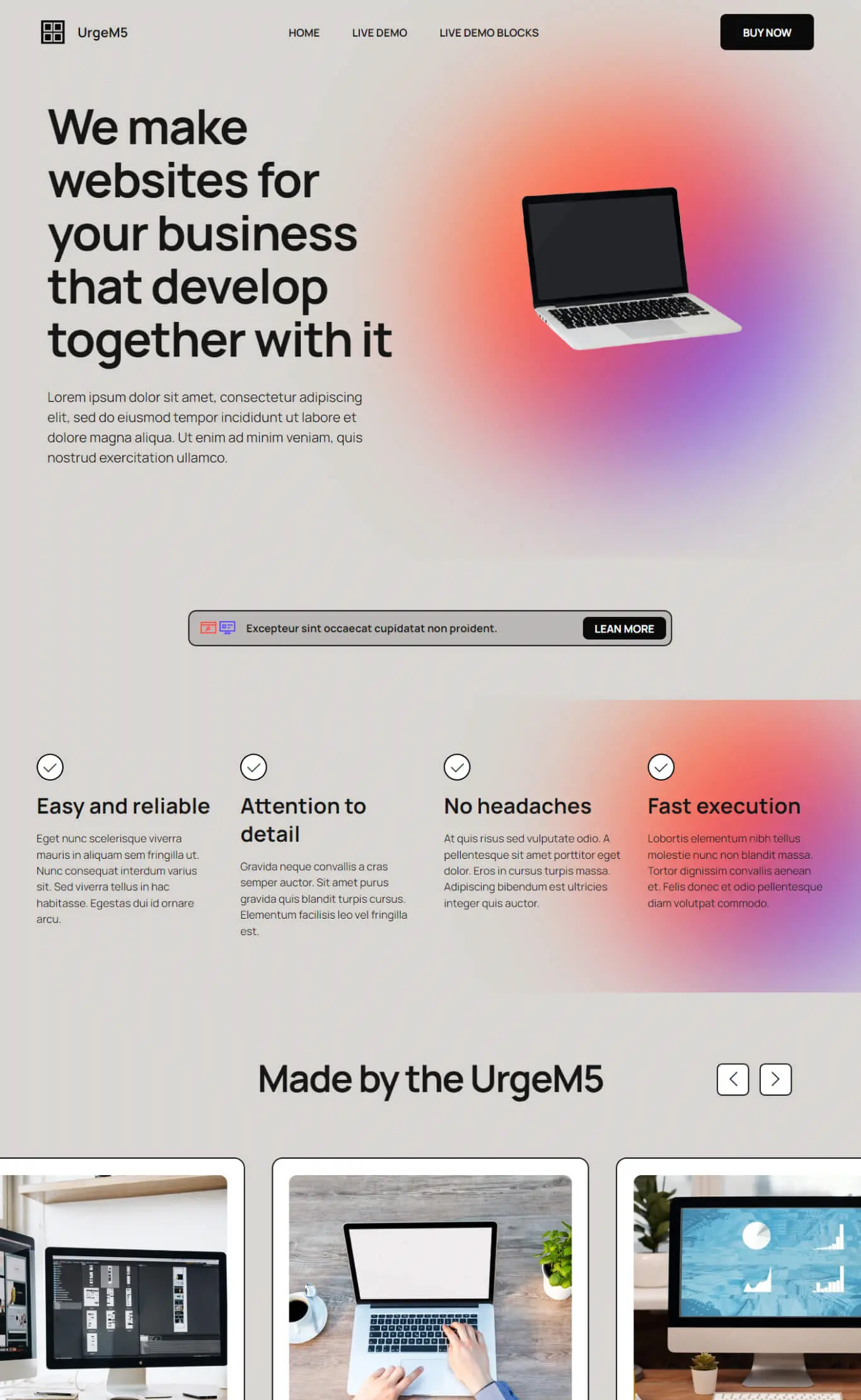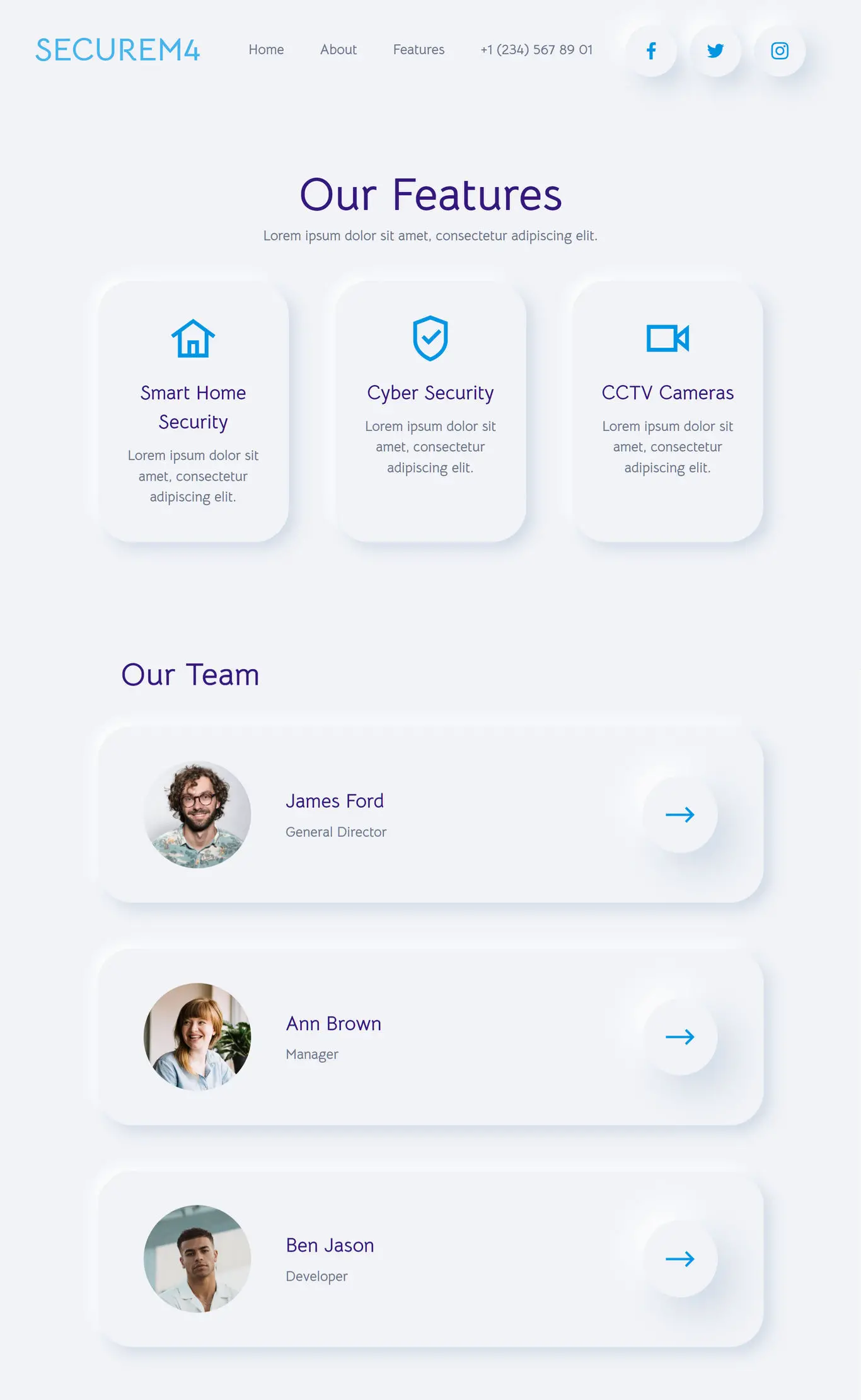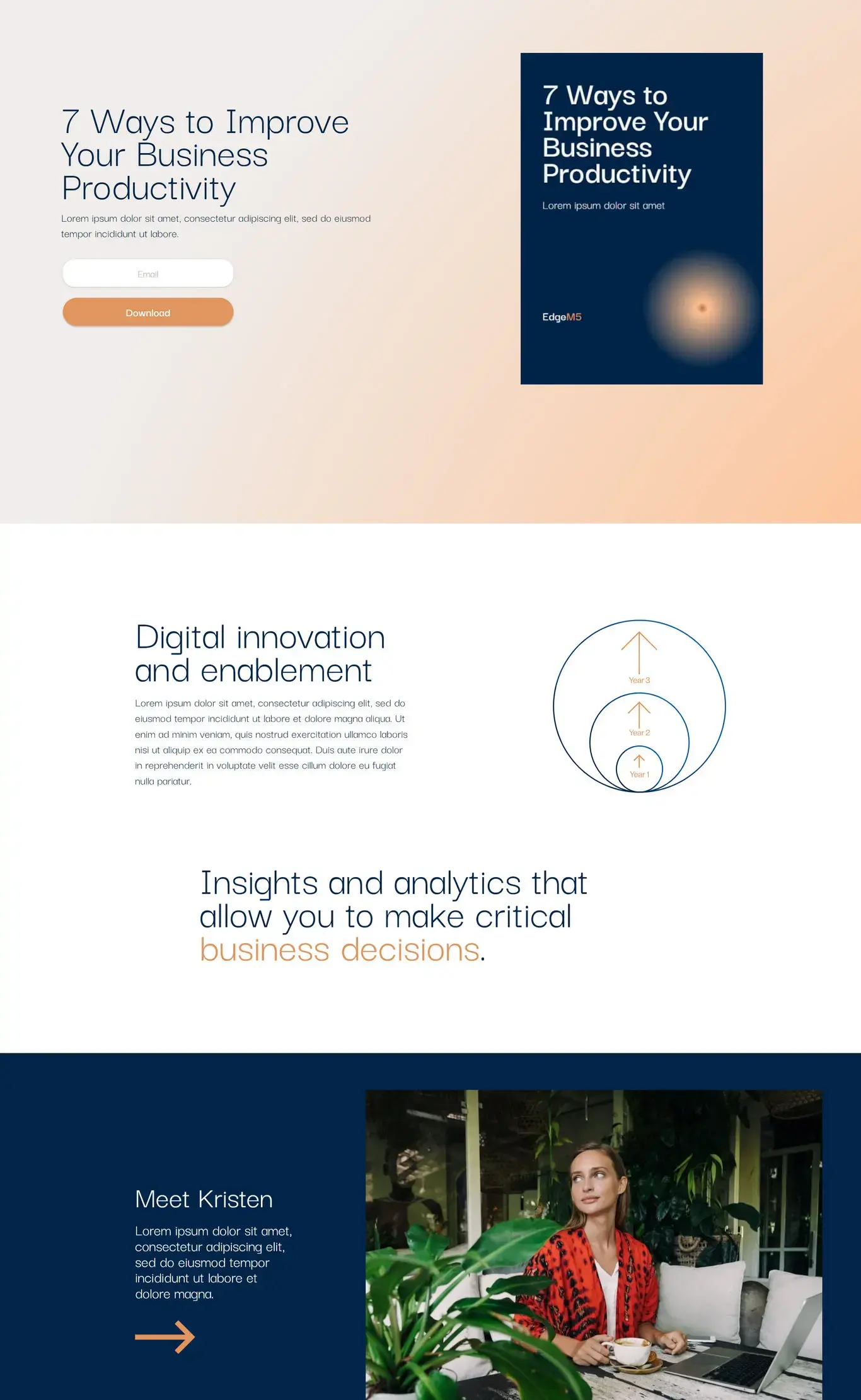| Mobirise AI | AI-driven web development, content, design | Generates complete, optimized site code, content, visuals | HTML, CSS, JS (full source) | Standalone, web-based, cloud | Automatically produces high-quality, performant, SEO-ready code |
| Amazon CodeGuru Reviewer | Automated code defect detection | Machine learning for issue identification and recommendations | Various (Java, Python, JS, C#) | CI/CD, Dev environments | Pinpoints complex bugs, security flaws, performance bottlenecks |
| Snyk Code | Real-time security vulnerability detection | Contextual analysis, vulnerability pattern recognition | Various (SAST) | IDE, SCM, CI/CD | Identifies and suggests fixes for security issues early |
| SonarQube | Continuous code quality and security analysis | Rule-based analysis, trend detection, quality gate enforcement | Various (Static Analysis) | CI/CD, Dev environments | Maintains consistent code standards, manages technical debt |
| GitHub Copilot | AI-powered code generation, suggestion | Context-aware code completion, error avoidance | Various (Code Snippets) | IDE | Guides developers to correct patterns, reduces errors |
| Code Climate Quality | Automated code maintainability and debt analysis | Static analysis, complexity assessment | Various (Static Analysis) | SCM, CI/CD | Improves code readability, reduces technical debt |
| DeepSource | Automated quality, security, performance review | Static analysis, anti-pattern detection | Various (Static Analysis) | SCM, CI/CD | Ensures robust, secure, efficient code pre-merge |
| 8B AI Builder | AI-powered rapid website creation | Generates responsive site structures and content | HTML, CSS, JS | Standalone, web-based | Produces functional, optimized site structures from AI |





































